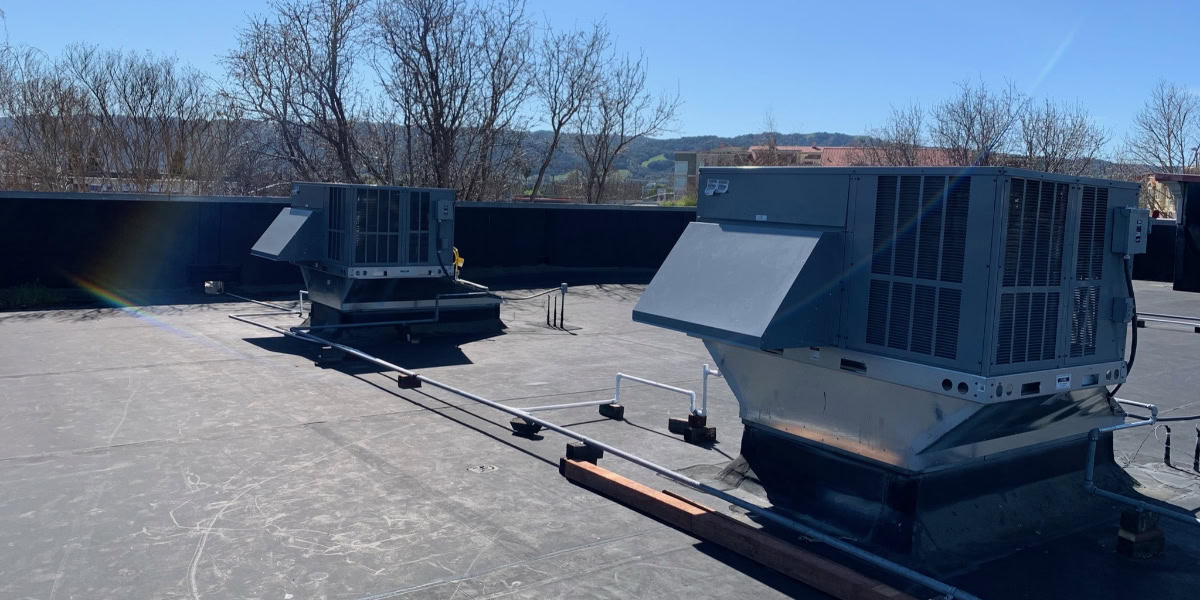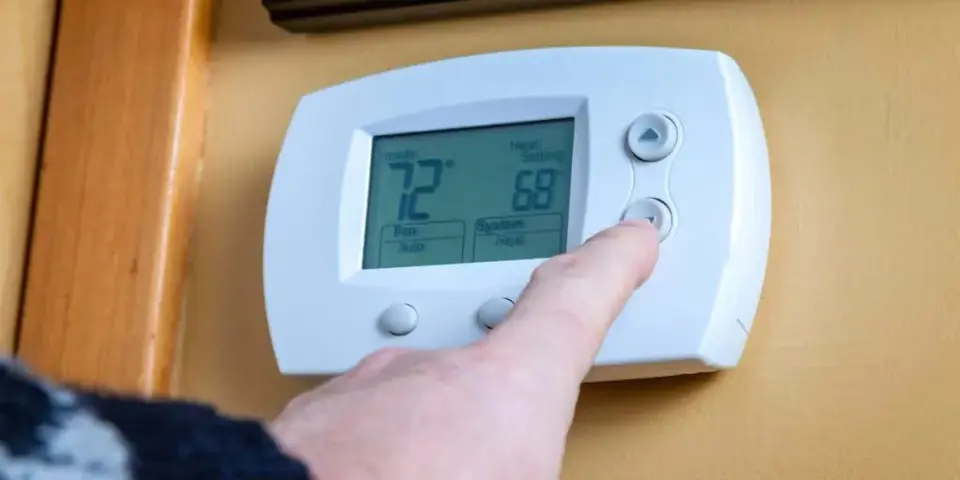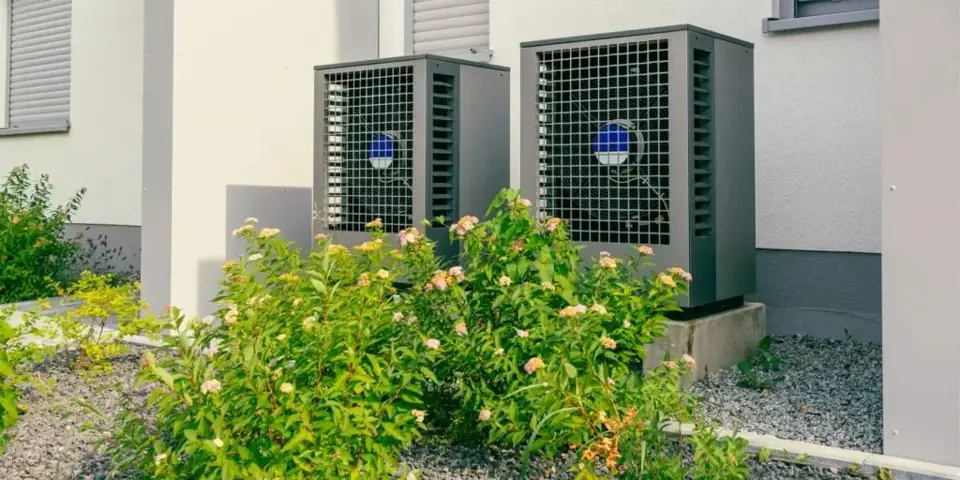Rooftop HVAC units (RTUs) are the unsung workhorses of commercial buildings. Mounted out of sight and often out of mind, these systems quietly maintain temperature, ventilation, and indoor air quality for thousands of square feet of space. But just like any mechanical equipment, RTUs have a finite lifecycle. Pushing an aging unit too far past its prime can cost businesses more in operational inefficiencies and emergency repairs than they might expect.
This guide explores the typical lifespan of RTUs, factors that influence their longevity, warning signs that it’s time for a replacement, and how to weigh ongoing operational costs against the investment in a new system.
The Typical Lifecycle of a Rooftop HVAC Unit
The average rooftop HVAC unit lasts between 15 and 20 years. However, this estimate depends on several variables, including:
- Build quality and brand
- Size and capacity vs. building demands
- Frequency and quality of maintenance
- Local climate and environmental conditions
- Installation workmanship
For example, a well-maintained, properly sized RTU installed by a professional in a temperate climate will last longer than a neglected or overworked unit in a high-demand environment.
Key Phases in the Lifecycle
Understanding how rooftop units age helps owners plan and budget accordingly.
Installation and Break-In (0–2 Years)
Newly installed RTUs should perform at peak efficiency. Any issues during this phase usually point to installation errors or manufacturing defects.
Stable Operation (3–10 Years)
These are the golden years of your RTU. Energy efficiency and performance should remain high, provided maintenance is kept up.
Efficiency Decline (10–15 Years)
Wear and tear begin to show. The unit may still function reliably, but energy efficiency gradually declines. Some repairs may be required.
End-of-Life (15+ Years)
Past the 15-year mark, most RTUs experience increased breakdowns, higher repair costs, and a noticeable dip in performance. This is typically the point when replacement should be considered.
Factors That Shorten (or Extend) Lifespan
Lack of Preventive Maintenance
Skipping routine maintenance is the number one reason for premature failure. Dirty coils, clogged filters, and ignored small issues can snowball into major component failures.
Incorrect Sizing
An undersized unit struggles to keep up and wears out faster. Conversely, oversized units cycle too frequently, which can also cause premature wear.
Poor Installation
Improper leveling, ductwork connections, or electrical configuration can create strain from day one.
Environmental Exposure
Units near coastal areas (salt air) or industrial zones (chemical exposure) often have shorter lifespans due to corrosion and air quality.
Load Demand Fluctuations
If a business expands operations or occupancy increases significantly, the RTU may be pushed beyond its original design limits.
When Should You Replace Your RTU?
If your rooftop HVAC unit is over 15 years old, it’s time to seriously consider replacement—but age isn’t the only indicator. Here are additional signs:
Rising Energy Bills
Older systems often operate at 65% or less of their original efficiency. Newer models can be up to 30% more efficient.
Frequent Repairs
If you’re calling your HVAC contractor more than once or twice a season, your RTU may be at the end of its rope.
Uneven Temperatures or Poor Air Quality
Hot spots, drafty areas, or increased complaints about air quality are red flags.
Lack of Compatible Replacement Parts
As units age, parts become obsolete. Waiting weeks for rare components can be costly in both time and discomfort.
Noise and Vibrations
Excessive noise or shaking can indicate failing motors, compressors, or loose internal components.
Non-Compliance with Energy or Building Codes
Regulations evolve. An outdated RTU may no longer comply with current efficiency standards, especially in California.
Cost Comparison: Keep Repairing or Replace?
Let’s say your 16-year-old RTU needs a $3,500 compressor replacement. The unit is worth about $2,000 due to its age, and newer models run between $10,000–$20,000 (installed). Here’s how to approach the decision:
Use the “5,000 Rule”
Multiply the age of the unit by the cost of the repair. If the result is more than $5,000, replacement is generally more cost-effective.
Example: 16 years x $3,500 = $56,000 → Replace.
Consider Operational Savings
Upgrading to a high-efficiency RTU (with SEER2 and IEER compliance) can cut monthly utility costs by 20% or more. Over five years, that adds up to thousands of dollars.
Factor in Downtime Costs
Emergency repairs often cause unplanned business interruptions. Replacing the unit during off-peak seasons allows for scheduled downtime.
Benefits of Timely RTU Replacement
- Energy Efficiency: Newer models feature variable-speed technology and better refrigerants.
- Smart Controls: Integrate with building automation systems for better control and diagnostics.
- Warranty Protection: New RTUs typically come with 5–10 year warranties.
- Comfort Improvements: Better humidity control, consistent airflow, and quieter operation.
- Environmental Compliance: Modern units are more eco-friendly and meet stricter refrigerant guidelines
Making the Switch: Replacement Planning
- Schedule a Professional Inspection Work with a trusted HVAC contractor like R & R Refrigeration to assess the current state of your system.
- Conduct a Load Calculation Ensure the replacement unit is properly sized to match your current (and future) needs.
- Evaluate Incentives and Rebates In California, energy-efficient upgrades may qualify for utility rebates and tax credits.
- Plan for Off-Peak Installation Scheduling replacement during cooler seasons can minimize disruptions to business operations.
- Request a Cost-Benefit Analysis Weigh upfront costs against projected energy savings and maintenance reduction over the next 10–20 years.
Why Choose R & R Refrigeration for Your RTU Needs?
Since 1958, R & R Refrigeration has been the trusted name in commercial HVAC across the San Francisco Bay Area. Our expert team specializes in RTU diagnostics, maintenance, and energy-efficient replacements. We provide clear, honest assessments so you can make smart decisions for your facility and your budget.
Whether your rooftop unit needs routine service or a complete upgrade, we’re here to help you stay cool, compliant, and cost-effective.
Is your rooftop HVAC unit costing you more than it should?
Don’t wait for a total breakdown. Contact R & R Refrigeration today for a professional rooftop unit evaluation. Our team will help you determine whether repair or replacement is the best path forward—with no pressure, just honest guidance.
Frequently Asked Questions about Rooftop HVAC Units
Most RTUs last 15 to 20 years with proper maintenance. Units in harsh environments or with poor upkeep may fail sooner.
Fall and spring are ideal. Demand is lower, and you avoid peak season delays and emergency costs.
In some cases, yes. However, if the repair costs are high or the unit is very old, replacement may offer better long-term value.
Yes! California utilities often provide incentives for qualifying energy-efficient commercial HVAC upgrades.
Rising energy bills, hot/cold zones, and frequent cycling are key indicators of inefficiency.






